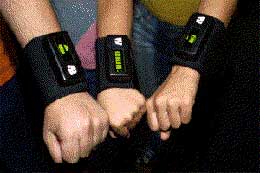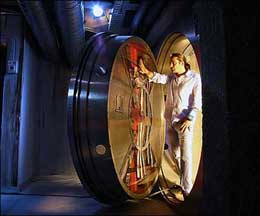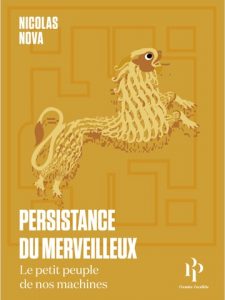You’ve been sent to a 31st-century prison, where puzzles will help you crack the security system and escape. There are ventilation shafts to crawl down, secret doors, ladders, dead ends and hidden bonuses. This games is not on your PC or PlayStation but in a three-storey building in Madrid.

In Négone, created by Differend Games, each player has a wrist console displaying your score, your character’s health and tools obtained in the game. You select your mission (they range from “inoculate the virus” to “steal the secret weapon”) and difficulty level. Security guards then escort you to your cell.
Each of the more than 20 rooms has its own theme, and the adrenaline pumps hard as you explore the space – shooting down slides, climbing ladders or diving into a pit of small plastic balls. Every time you see a screen, you place your wrist console beneath it. This activates your helper, one of four pre-recorded characters from a hackers’ group. On the screen, they set you a challenge – a memory challenge or logic puzzle answered using the buttons on your wrist console, or something more physical. Correct answers mean a score boost, and a tool that will help you complete your mission; incorrect ones soon add up to you being condemned to a punishment cell – and expelled from the game.

As you play, the screens send you to different doors throughout the building, unlocked by your wrist console.
Each person plays a unique game, and is sent on a different route. An RFID tag with a unique ID number is used to locate and identify each player during the game. Only 5% of players make it to the end on their first go – and they still won’t have seen all the rooms. The database remembers players through their unique nicknames. Every time you return, at least 60% of the puzzles and the maze are new.
At the end of 2006, a Negone will open in New York City and 60 locations have been planned over the next 10 years, all over the world. By 2007, according to Differend Games, a version of Négone will contain robots.
Via the Techwear weblog. More information in The Guardian, in RFID Journal and in Baquia.







